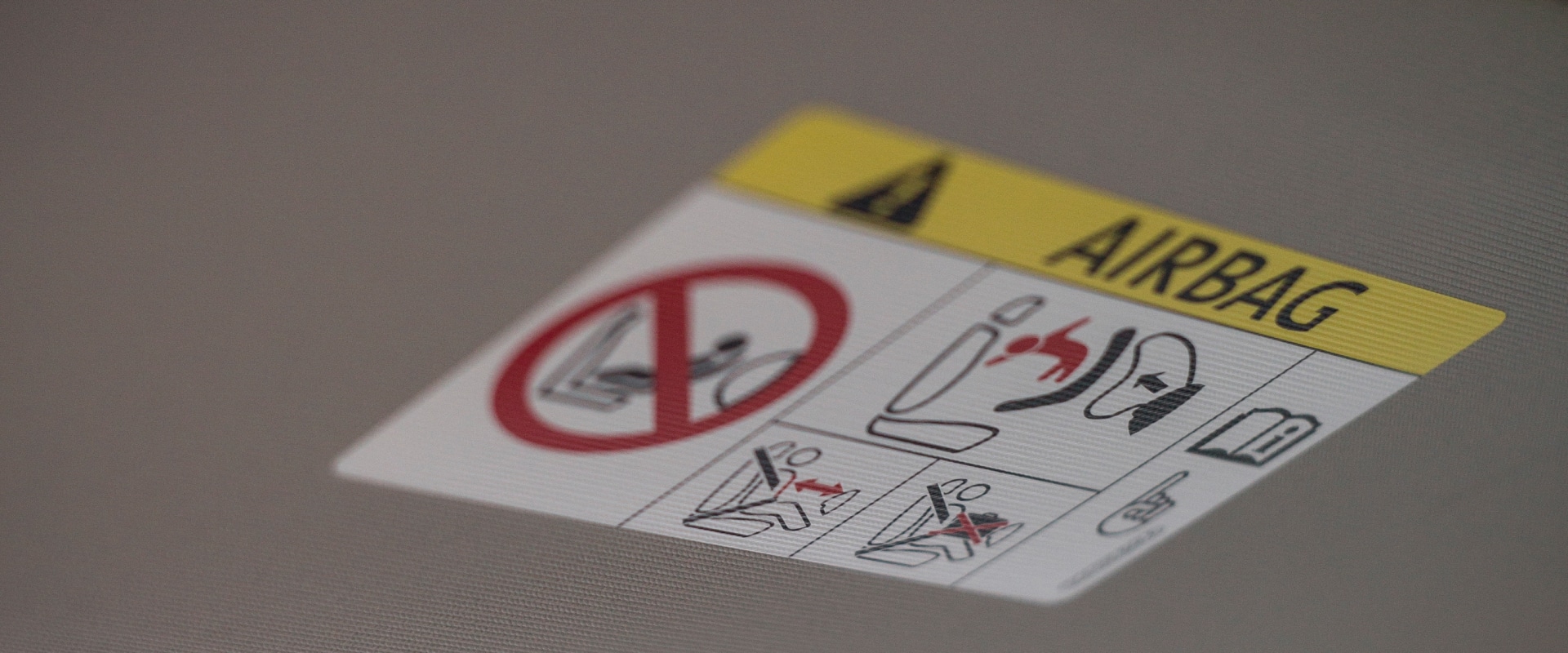A vehicle’s airbag system plays a crucial role when it comes to saving lives after a crash. Without it, drivers and passengers involved in crashes and collisions might suffer severe injuries and even immediate death. According to the US National Highway Traffic Safety Administration (NHTSA), airbags have saved more than 50 thousand lives from 1987 to 2017.
A well-thought-out system enables these life-saving devices to perform their function well. If you are curious about how an airbag system works, this article will give you a glimpse of how it operates.
Understanding How Airbags Work
Most people know that airbags are the most vital safety features of modern-day vehicles. They are the pillow-like safety devices that inflate during vehicular crashes. These bags act as cushions for the drivers’ and passengers’ bodies, preventing them from directly colliding with the car’s steering wheel, dashboard, or windshield.
While they cannot provide one-hundred percent protection from total injury or the possibility of death, they are useful in decreasing any crash’s impact.
Different Airbag Components
An airbag system has three major components:
- The bag – The airbag itself is made from thin nylon fabric, specially designed to fit the inside of the steering wheel or dashboard, depending on the manufacturer. It is the cushion that protects the driver and passenger during an impact.
- The crash sensors – The sensors are responsible for sending the signal to the bag when needed. They are made up of small electronics that respond to different levels of stimuli. Some of the essential triggers they are designed for are sudden stopping and a sudden increase in pressure. Different kinds of sensors measure various aspects of the car, such as the brake pressure, the speed of the wheel, and many others.
The types of airbag sensors also differ based on the car manufacturer. Some use electrical sensors while others use mechanical ones.
- The inflation system – This component is in charge of the actual inflation of the bag. When it receives the signal from the sensor, a chemical reaction occurs and produces nitrogen inside. This gas generates intense pressure and causes the bag to inflate. The whole process happens in 25 to 50 milliseconds―almost the same time you need to blink or sneeze. After the inflation, it will immediately deflate.
The Right Way to Use Airbags
Airbags and seatbelts work together to protect drivers and passengers from serious impacts during a crash, and they are also designed to work together to ensure your safety during airbag inflation. The seatbelt keeps you in place so that your body is in the right position to absorb the airbag inflation’s impact.
Airbags work by exerting plenty of force that can hurt or burn you. Using a seatbelt and not having any object between you and the airbag can lessen the possibility of injury.
Conclusion
Among all vehicle safety innovations made in recent years, the airbag system is one of the most important yet. Hopefully, knowing how the system works has helped you understand its importance. Make sure to schedule an immediate repair when your airbag deploys to ensure that you and your family are well-protected when on the road.
If your car needs service for its airbag system, call us at Safety Restore. We can perform an SRS airbag module reset if your vehicle was involved in an accident. Our service comes with a lifetime warranty, a one-hundred-percent money-back guarantee, and a 24-hour turnaround time. Contact us today to make an appointment.


